30 Ideas to Market and Promote Your Dropshipping Website

Dropshipping is one of the easiest forms of online business to get into, which is why there are thousands of dropshipping businesses spread across every corner of commerce. That means there's a lot of competition, which in turn means that your business lives or dies based on how well you can capture audience attention and convert visitors into customers.
How can you market your dropshipping business and promote your products to the right audience? Here are thirty different ideas you can try out.
 30 Second Summary
30 Second Summary
You can promote your dropshipping business in many important ways to stand out from competitors. You need to build trust with customers with reviews, testimonials and an FAQ page that answers their concerns. You can reach more buyers by running social media ads, creating viral TikTok videos and partnering with influencers. To keep customers coming back, you should start a loyalty program and send newsletters with special offers. Most importantly, you need to make your site mobile-friendly and focus on great product descriptions that set you apart.
#30: Build a Strong Brand Identity
Whenever someone is searching for a product to buy, if they're not just going to Amazon, they're looking for a brand they can trust. Many dropshipping stores fail because there's no strong identity to them, so there's nothing for the user to grasp onto as a sign of trust. They don't know who you are.
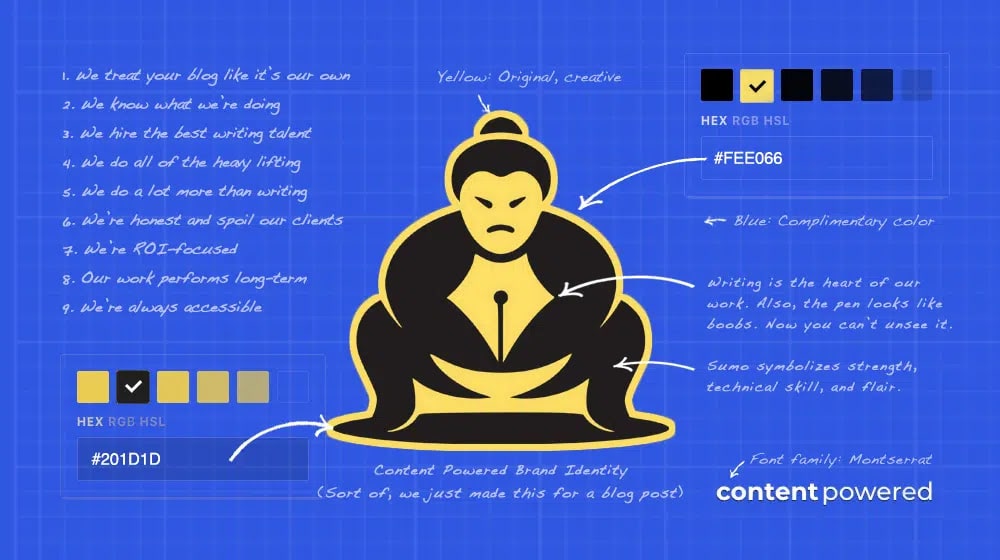
Building a strong brand identity helps build trust – something you'll see a lot throughout this post – and it gives you something of lasting value if you choose to move away from dropshipping or expand beyond it. Here's a good post from Steve Tan, CEO of LeapVista, about building exactly that kind of brand.
#29: Know Your Ideal Customers Inside and Out
Knowing who your ideal customers are is the first step to knowing how to reach them. It does you no good to market your children's toys on Reddit's r/childfree, your peanut snacks on a peanut allergy forum, or your graphic novels to the blind, right? These are extreme examples, but the concept remains the same.
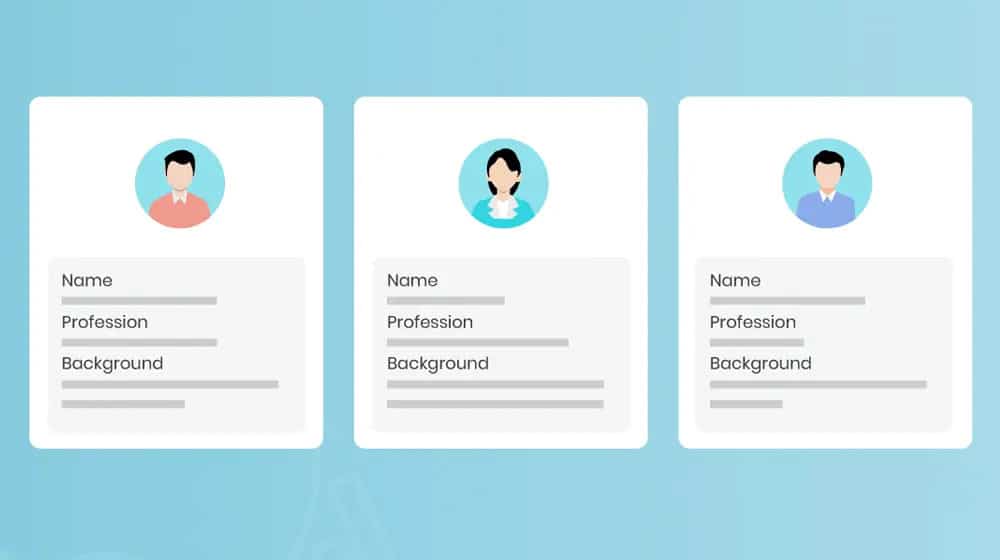
You need to know who your customers are so you know both where they spend their time (and thus where to go to market to them) and what kinds of messaging resonate the best with them. Here's a guide from Shopify (who presumably know a thing or two about it) on how to create buyer personas.
#28: Add Customer Reviews and Testimonials
Trust is one of the most important elements of modern e-commerce. Without trust from users, you won't sell anything. One of the best ways to convey trust is to show that the customer isn't alone and that many people before them have bought your products and are satisfied. User reviews and testimonials are some of the best ways to convey this sentiment.
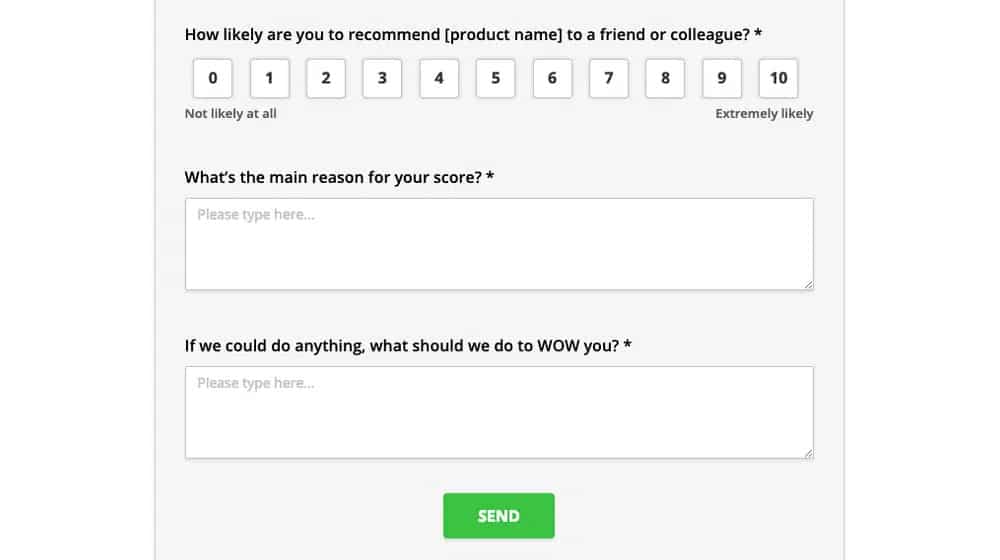
Here's my guide to gathering testimonials. Pro tip: When you're first starting out and don't have many customers, just astroturf the testimonials and gradually replace them with real testimonials as they roll in.
#27: Create an FAQ to Address Customer Concerns
When someone is buying a product from Amazon or another large retailer, they're dealing with a known quantity. Even if they have issues, they know they can at least trust Amazon or a similar company to issue a refund without too much hassle since they're generally too big to care about the micro-losses. For a smaller business, though, you don't have that trust. For all the customer knows, you could take their order, charge them, and disappear.

A good FAQ page can help alleviate the issue by providing information on shipping, refund policies, and other forms of consumer protection. Here's a great resource from Zendesk about building an FAQ, with examples.
As the saying goes, you have to spend money to make money. One of the most direct ways to do that is to spend money on PPC ads with the goal of bringing in traffic and getting more conversions. While Google ads can work, social media ads on Facebook, Instagram, TikTok, Pinterest, and other platforms are generally going to be your best bet.
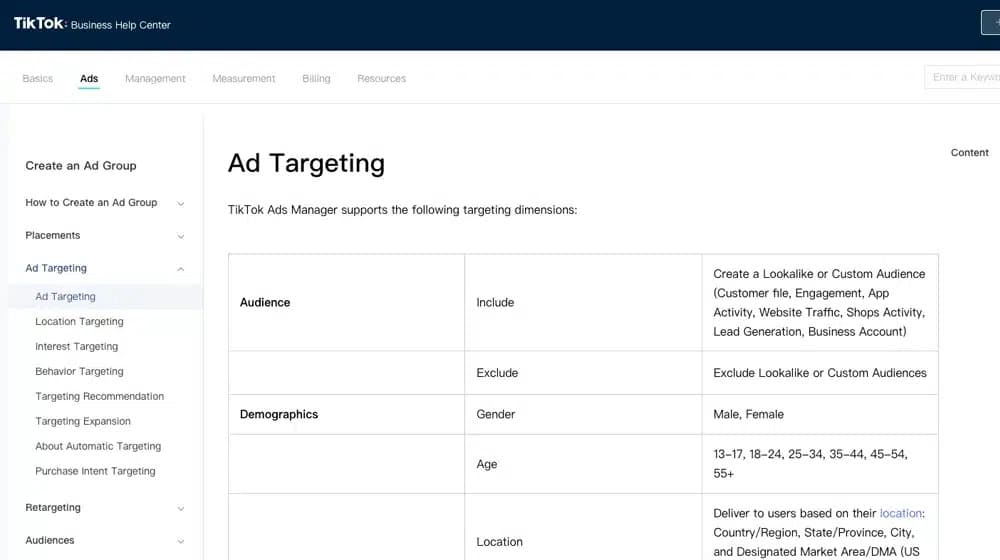
I don't have a specific guide for you here, but I've written a ton about PPC over the years, so you can check out the whole category.
#25: Run Giveaways
People like free stuff. Giveaways can be an excellent way to attract new users. They have a few excellent benefits, including bringing in traffic, getting people to sign up for a mailing list as an entry, and getting people to impulse-buy items that aren't part of the giveaway. People might also enter to win, and if they don't win, come back to buy what they wanted.

Giveaways are a whole enterprise in and of themselves, though, so make sure to run them right. This guide from Oberlo is a little old but still full of good information, so give it a read.
#24: Try Broken Link Building
Links are still one of the most important signals for search ranking, even if Google is desperately trying to find a way to make them less relevant. There are dozens of different strategies for link building, some with much higher bars to clear than others.
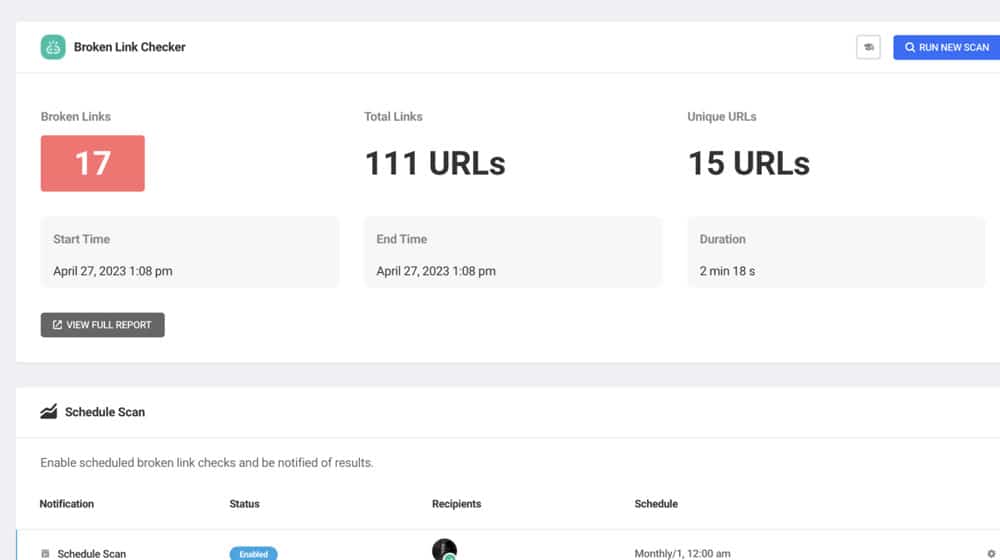
Broken link building is a potentially pretty interesting option if you have a compelling enough pitch on how to get a site to adopt your link. Backlinko has a great guide here.
#23: Make Use of Schema Markup
One of the best modern innovations for SEO is the use of Schema. Schema is metadata that tags specific information on a page so search engines can present it in a more useful format, like in Google Shopping or in rich snippets.
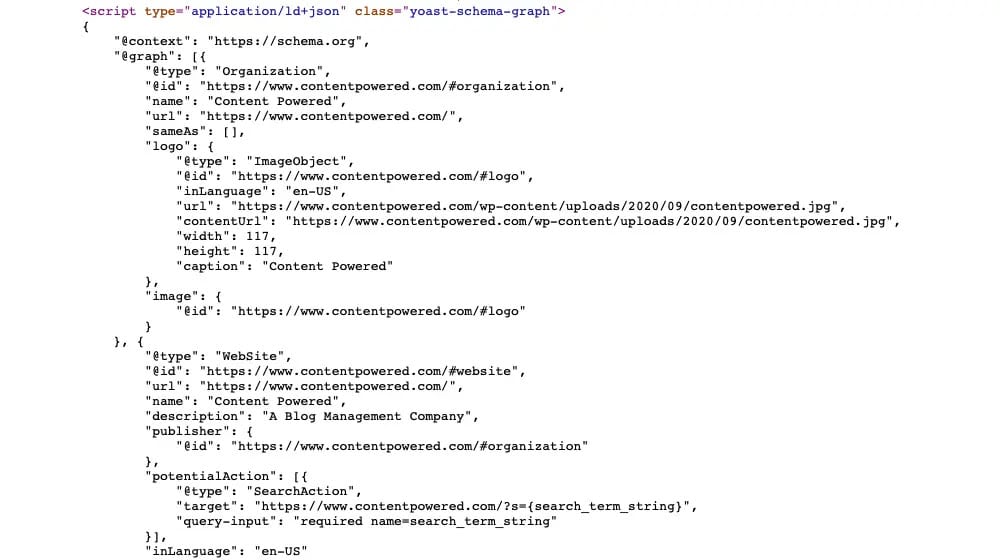
For your product pages especially, using Schema to tag relevant information like product dimensions, price, SKU, and more can be very helpful and is a great signal in SEO. Google even has a good resource on how to make the best use of it here.
Influencer marketing has always been a little hit or miss. Some influencers have very disengaged or even fake audiences, so working with them doesn't get you much of anything. Others have very tight, engaged audiences and can turn into a huge flood of new orders.
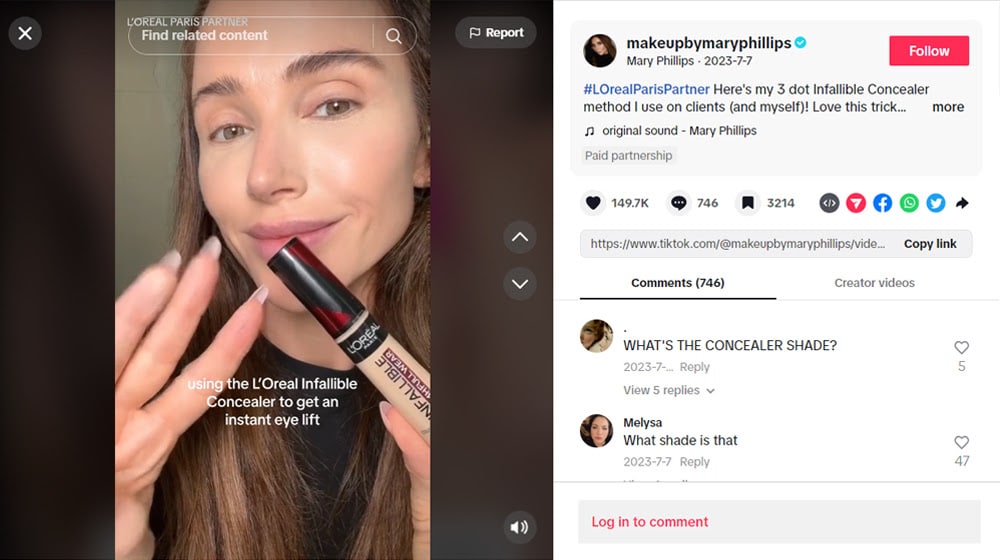
Try to find influencers who are interested in your products, send them samples, and work with them to promote your business. Here's a good reference guide to modern influencer marketing since it has changed a lot in the last few years.
#21: Be Active on Reddit
Reddit is one of the last remaining discussion forums that isn't purely taken over by AI and bot content (just mostly) and is still one of the few places you can find topics relevant to your products and engage with the people asking real questions about it.
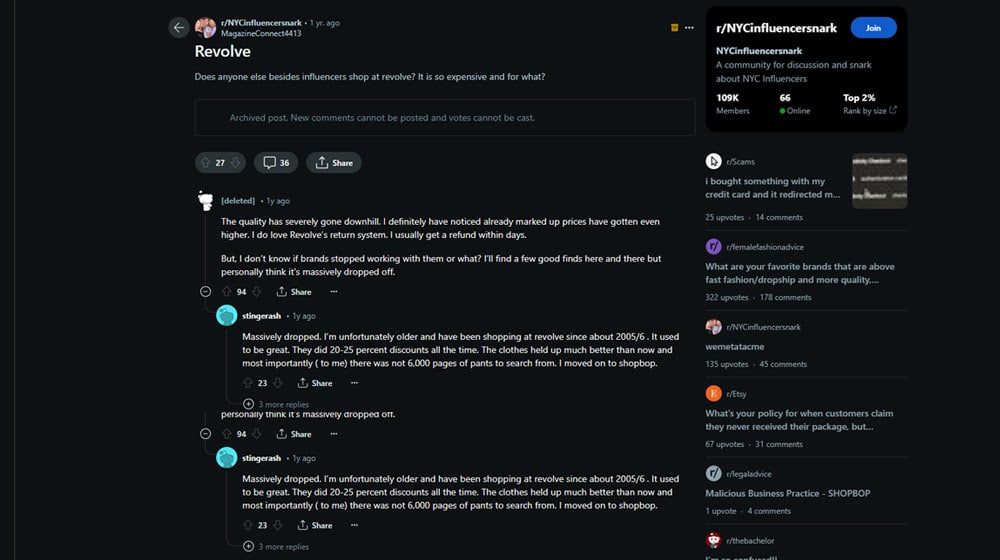
They tend to be pretty aggressive about pruning obvious marketing links, but if you're genuine and participate in the relevant communities, you can earn some goodwill and find sly ways to promote your store without just dropping a link and leaving. It sure beats trying to use Quora, that's for sure. Here's some good advice on using Reddit for marketing purposes the right way.
#20: Emphasize Product Description Pages
Your product pages are some of the most important pages on your site as a dropshipper. You need them to have all of the relevant information for the product so anyone searching for a product with specific attributes can find your products. Moreover, you need a unique description with compelling information, great images, and answers to any questions the user may have.

A miniature FAQ for each product can help, as can a space for individual product reviews from customers. You definitely want to differentiate yourself from anyone else dropshipping the same product. Here's a good resource for creating great product pages.
#19: Make Your Site Great on Mobile
Over half of all internet use today – including a significant portion of e-commerce shopping – is done using nothing but a mobile device.
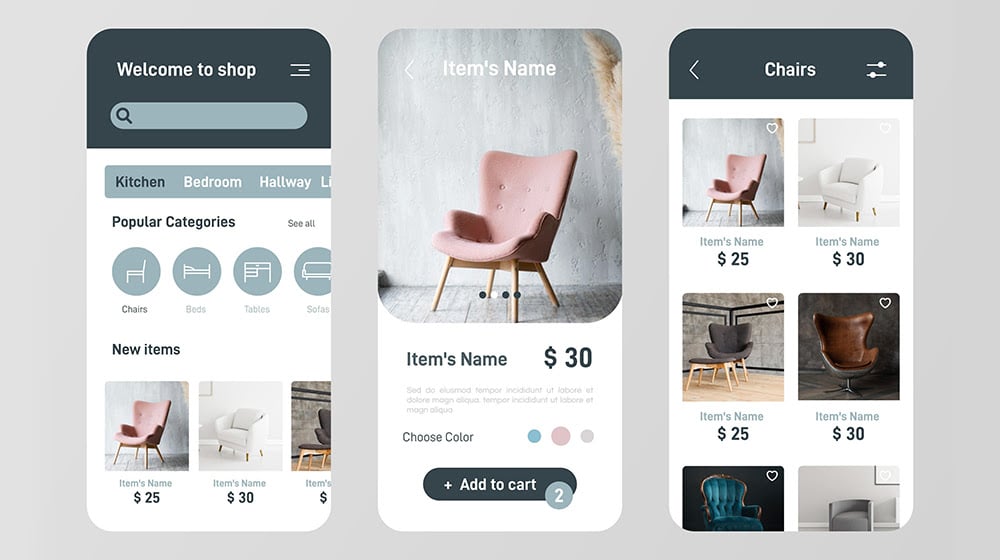
You already get a decent amount of mobile compatibility built into platforms like Shopify, but if you're using something more custom or setting up a store using WordPress, you need to make sure your site looks and feels great to use on a mobile device. Otherwise, you're telling half of your traffic that you don't care about them, and they certainly aren't going to fight through that nonsense to buy a product they can find somewhere else. Here's a good resource for mobile best practices.
#18: Optimize User Experience
The user experience is a key part of creating a smooth transaction. Come up with ways to smooth out the sales funnel from entry point to checkout. Track users, figure out where they bounce, and see if you can find ways to remove those roadblocks and reduce friction. Optimizing for a great user experience can be tricky and iterative, but it's well worth doing as a core part of conversion rate optimization.

BigCommerce has a great resource for e-commerce UX here.
#17: Promote Great Customer Service
One of the biggest roadblocks to purchasing from some random unknown store over just using something like Amazon is the anxiety of having to deal with problems. What if the product is delayed, or doesn't arrive, or arrives broken? Can they expect a refund, a return and replacement, or a hassle? Or do you have a smooth and great customer service experience? Promoting a good customer service process, seamless returns and refunds, and other policies can be a great way to build more trust in your business.
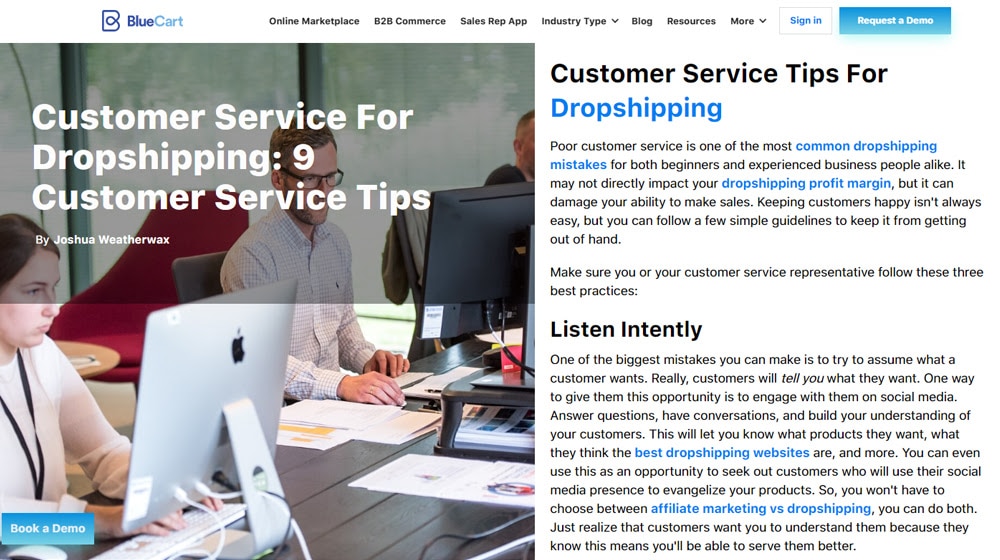
You can find some great tips on dropshipping customer service here.
#16: Create a Referral Program
Referral programs are an excellent way to turn one customer into many customers. When you hook someone who loves your product and had a good experience with your brand, you can turn them into brand advocates and get them to refer other people to you.

There are plugins and other tools for building a referral program quickly and easily, and all you need is a good incentive to convince those users to sign up and start promoting you to their friends, families, and communities. I wrote about Shopify referral apps here, and a lot of the general information also applies to WordPress and other referral plugins.
We create blog content that converts - not just for ourselves, but for our clients, too.
We pick blog topics like hedge funds pick stocks. Then, we create articles that are 10x better to earn the top spot.
Content marketing has two ingredients - content and marketing. We've earned our black belts in both.
#15: Create a Loyalty Program
Similar to a referral program, a loyalty program can turn your best customers into something more. The difference is that a referral program encourages a customer to bring in more customers. A loyalty program encourages those customers to become repeat customers.

Loyalty programs can be an excellent way to keep people buying from you, but they require you to have the kinds of products that users will buy multiple times or something consumable. You aren't going to get much loyalty when you're selling a once-a-decade item, after all. Here's a rundown from Forbes on what does and doesn't work in loyalty programs.
#14: Enhance Technical SEO
There are a thousand little mechanical switches you can play with on the back end of a website, which we collectively call Technical SEO. This is all of your metadata, your site speed, your configurations, your robots directives, and more.
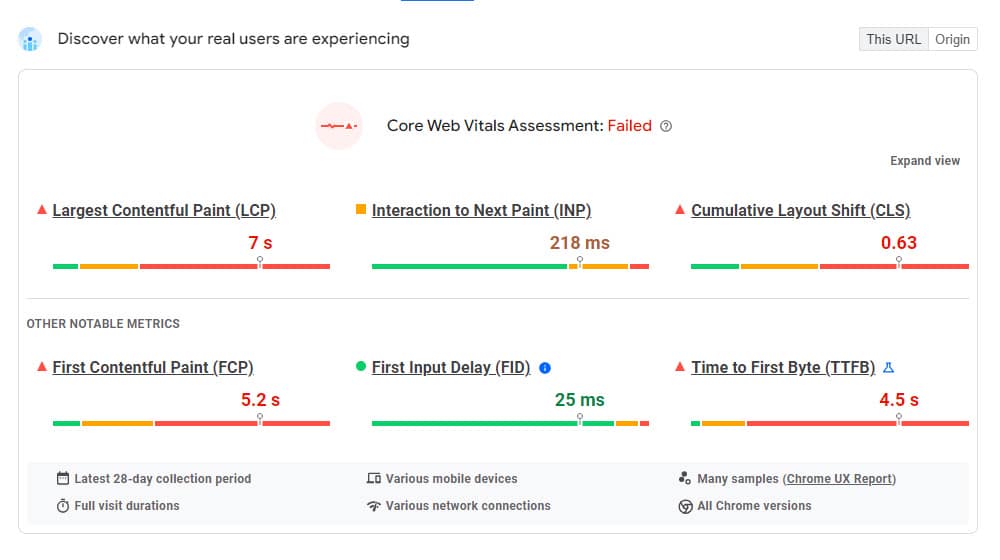
Personally, I love digging into and tweaking technical SEO until my site is a finely-tuned machine, and I wrote a good deal about it here. The more effort you put into technical SEO, the less likely you are to run into issues that distract or dissuade potential customers.
#13: List Products on Amazon
If you can't beat 'em, join 'em, right? Amazon is going to be the dominant retailer of pretty much any possible product, and it's really hard to get around that fact. Fortunately, you can join the crowd and dropship through Amazon alongside your own store. Yes, it "competes" with yourself, but it also captures a large segment of the audience that wouldn't shop through your site anyway.
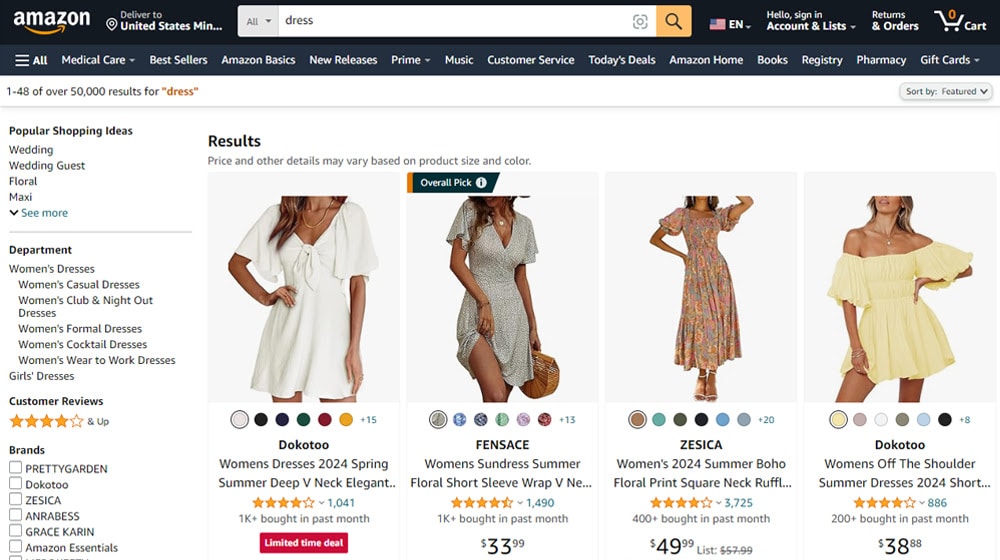
There's a lot to Amazon dropshipping, but my two top tips are to have a real brand name instead of those LSOIETN key-mashing dropshippers and to take unique product images so you stand out from the rest. Even that little bit of effort can set you apart with savvy consumers.
#12: List Products on eBay
A second platform to dropship on, in addition to Amazon, is eBay. You might wonder if dropshipping is even allowed on the site, but as it turns out, it is, as long as you do it the right way.
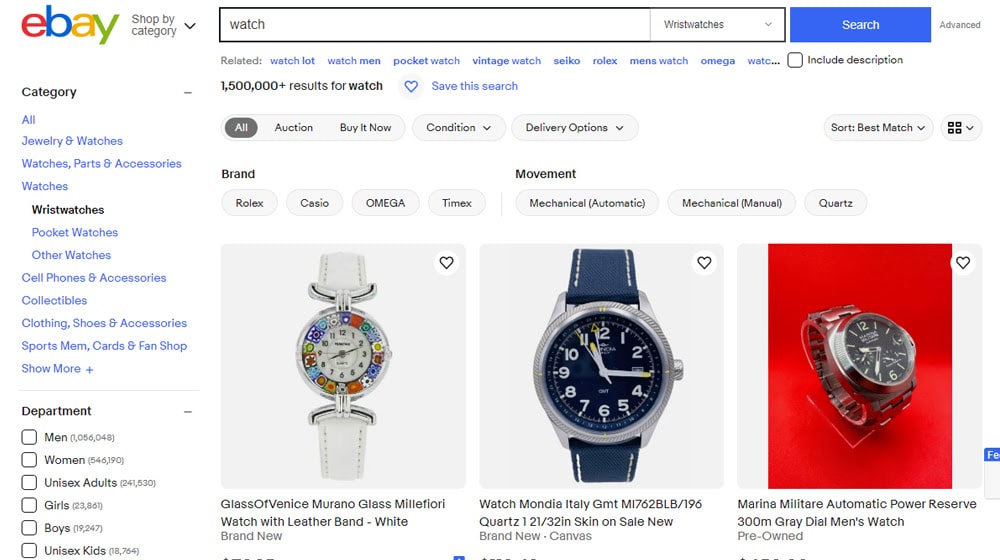
Depending on the kinds of items you're selling, eBay may or may not be a good platform to use, but it's certainly worth a look. Here's a guide to give it a try.
#11: Create Mystery Boxes
Mystery and loot boxes have a mixed reputation these days. On one hand, they tickle the fancy of everyone who loves a good gamble. On the other hand, there was a period of a couple of years where everyone had mystery boxes, and it was almost always $5 worth of stuff in a $25 box, so people got burned a lot by getting stuff they had no real interest in and couldn't do much with. If you want to provide mystery boxes, make sure that there's worthwhile value in them.
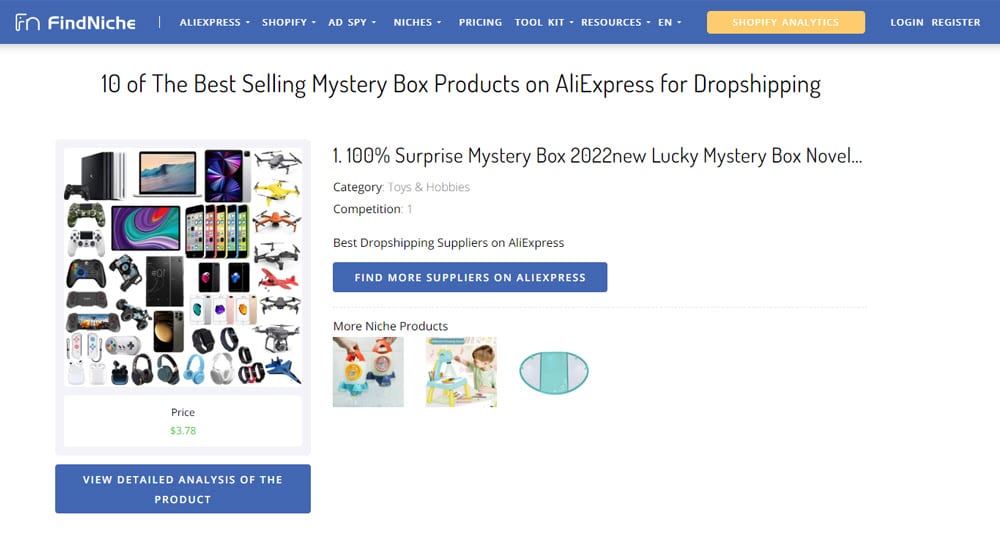
Or just dropship the cheapest mystery boxes you can find and don't worry about it, but that's not a long-term business strategy.
#10: Recapture Interest with Remarketing
Remarketing and retargeting are ways to build lists of people who click on your links or visit your product pages but don't end up making a purchase and targeting them specifically with future marketing.

There are a lot of little details about this kind of marketing that set it apart from your usual marketing channels, but one thing you need to know is how valuable that audience can be. Here's a great resource on getting started with remarketing and retargeting.
#9: Create Unique Product Images
I've already mentioned this one offhand, but it's worth having a tip about. One of the biggest pitfalls with dropshipping is that wholesalers tend to have a nice, neat package of resources you can use to set up your product pages, including good, lightboxed images of the products, and these resources are 100% a trap. Think about it; if you're looking to buy a product and you see 50 results, and 49 of those results are identical product images from brands with nothing setting them apart except maybe a pasted-on logo, you're going to immediately look at the one unique one, right? Well, be that unique one.
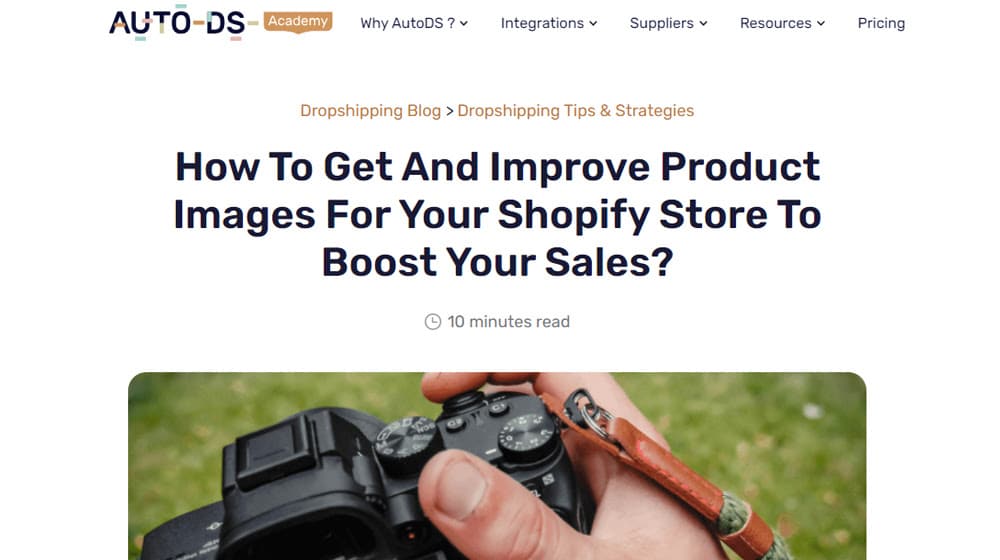
Even a minimal amount of effort sets you apart. Pro tip: contact a skilled local photographer and offer to send them your products for free in exchange for good product photos, and see if they'll be interested. It beats having to do it yourself!
#8: Leverage Upsell and Cross-Sell Opportunities
It's no mistake that every single product page on Amazon is covered with boxes of related products, products purchased together, "people also bought," and other boxes with product recommendations. You can get a lot of mileage selling accessories or upselling to slightly better versions of a product. Being able to present those options to a user is a great way to increase order values, cart values, and profits.

Here's a list of ways you can get it up and running on Shopify, with similar options for WordPress and other platforms available elsewhere.
I'm a big proponent of newsletters. Marketing is so often completely controlled by other companies. You're completely at the whim of Google, Amazon, Facebook, or some other platform, and if they choose to block you or charge you extra, you can't do anything about it.
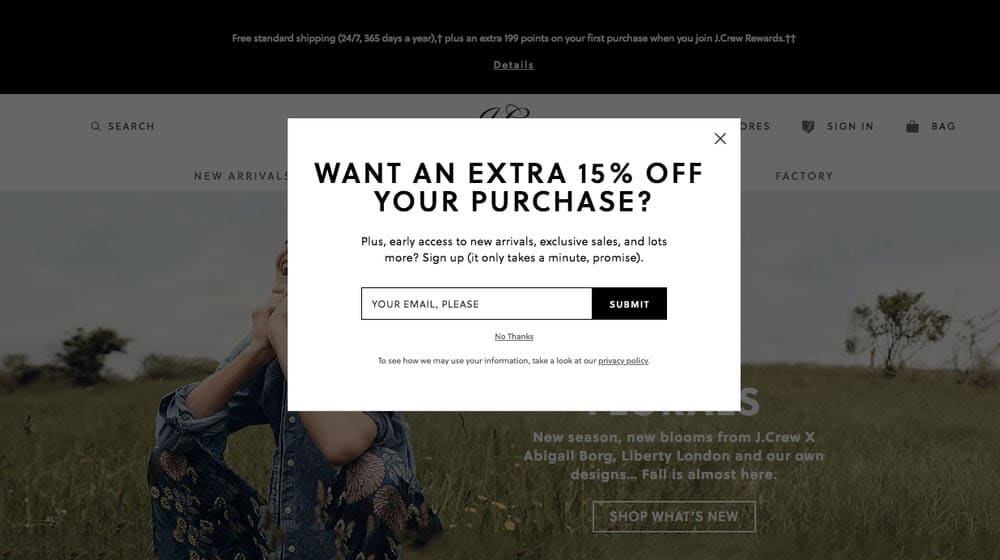
Newsletters are just about the only way you can leverage marketing directly to potentially interested consumers without having to get the approval of that other business. Building a newsletter and keeping it active is a great way to keep your brand and products in the minds of your potential customers. Here are some top-tier examples to get you started.
#6: Give Discounts for Opt-Ins
One technique you can use to help build that newsletter is simply offering a discount code to anyone who registers. 10%, 20%, free shipping, a free upgrade or accessory; it doesn't take much; people don't usually think of their email address as particularly valuable to give away in exchange for these kinds of benefits.
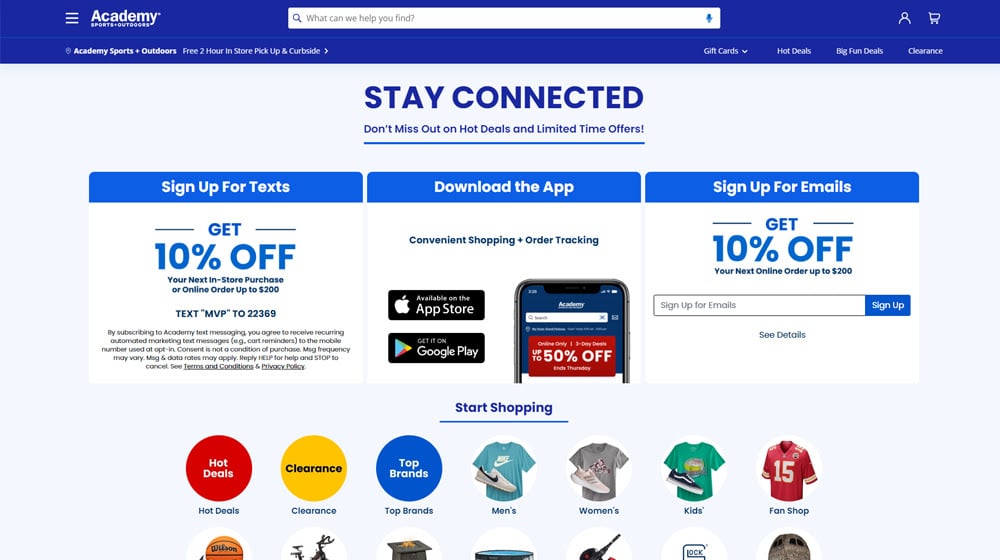
There's a reason why it's one of the most popular techniques to get more subscribers.
#5: Consider Guest Blogging
You had to know that no list like this would be complete without some mention of blogging. I'm a content marketer at heart, after all. Guest blogging – the art of going to other people and asking to write content for them that is relevant to their audience and tailored to their needs – is a great way to get more awareness.
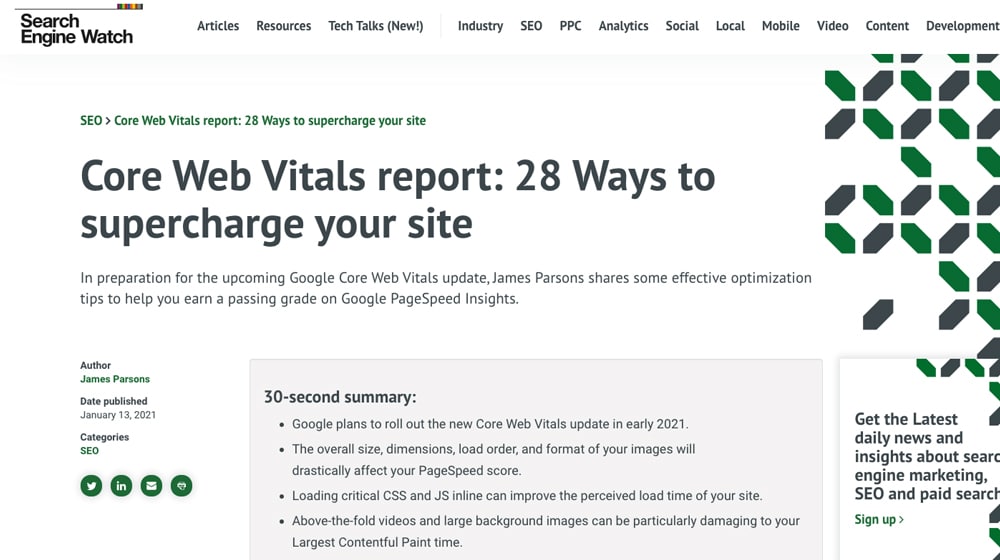
Just make sure to go about it the right way so you don't end up being filed away as a spammer and ignored.
#4: Create Tutorials and Resources
Depending on the kinds of products you're selling, a huge part of how you can set your brand apart from others is by building a vast stockpile of informational and tutorial content. It's not just about promoting the product but about informing your visitors how they can use that product to the best effect.

This is also a good way to get new customers; people who have a problem and want to solve it can read about how you use that product to do the deed and can then buy the product. Here's a tutorial if you need it.
TikTok, with its emphasis on shorter videos with a community focus, has quickly become one of the best ways to reach a huge audience using video. It's especially relevant for younger users, so if your products are tailored towards those younger audiences, TikTok can be a great way to market.

Make sure to do some aggressive groundwork first since TikTok tries to hook you by forcing your first couple of videos to go semi-viral, after which they drop off if you aren't compelling enough. Make sure to leverage those first few videos.
#2: Create Compelling YouTube Videos
YouTube video (and even plain audio) content can also be a very compelling way to market your products. This is actually kind of an extension of the tutorial idea, as video tutorials can be an excellent resource, and videos show up highly in Google's search results for just about any query these days.
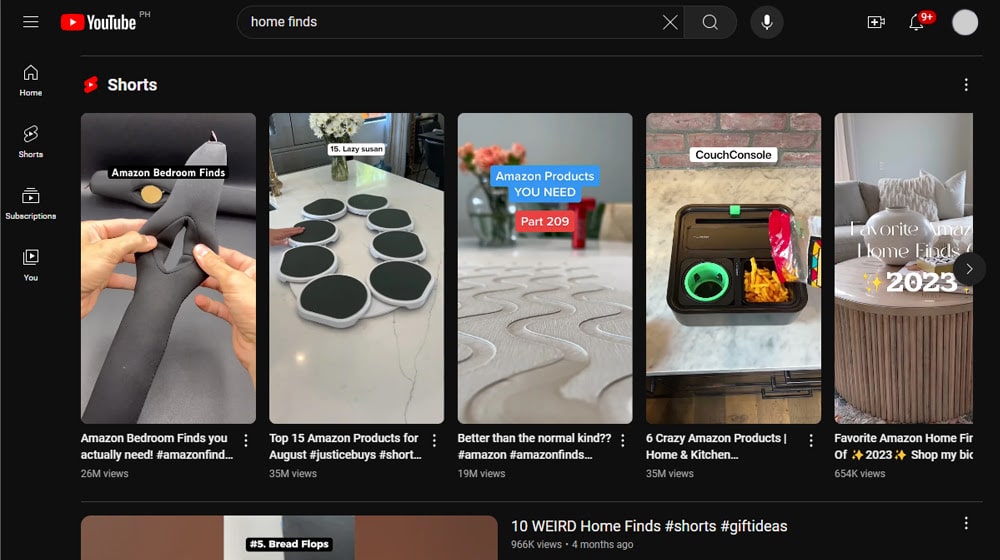
You can also make use of YouTube advertising as another way to reach your potential customers.
#1: Run a Great Blog
At last, it all comes down to this. Running a great blog is probably the single best way to make sure you have a constant, growing flow of potential customers.

Writing great content and publishing regularly sounds simple on the face of it, but it's also time-consuming and requires a lot of planning and research. Fortunately, I know exactly where you can get great blogging for an affordable rate.



 30 Second Summary
30 Second Summary

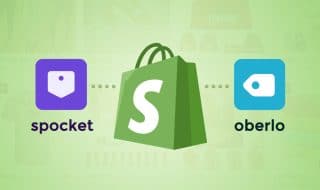
Comments